Failure of the "peacefulness" test: “Monte Melkonian’s spirit” hovers over Armenia Glorifying terrorists
The Monte Melkonian Military Sports Lyceum has announced admissions for the 2025–2026 academic year. This news was actively circulated by Armenian media.
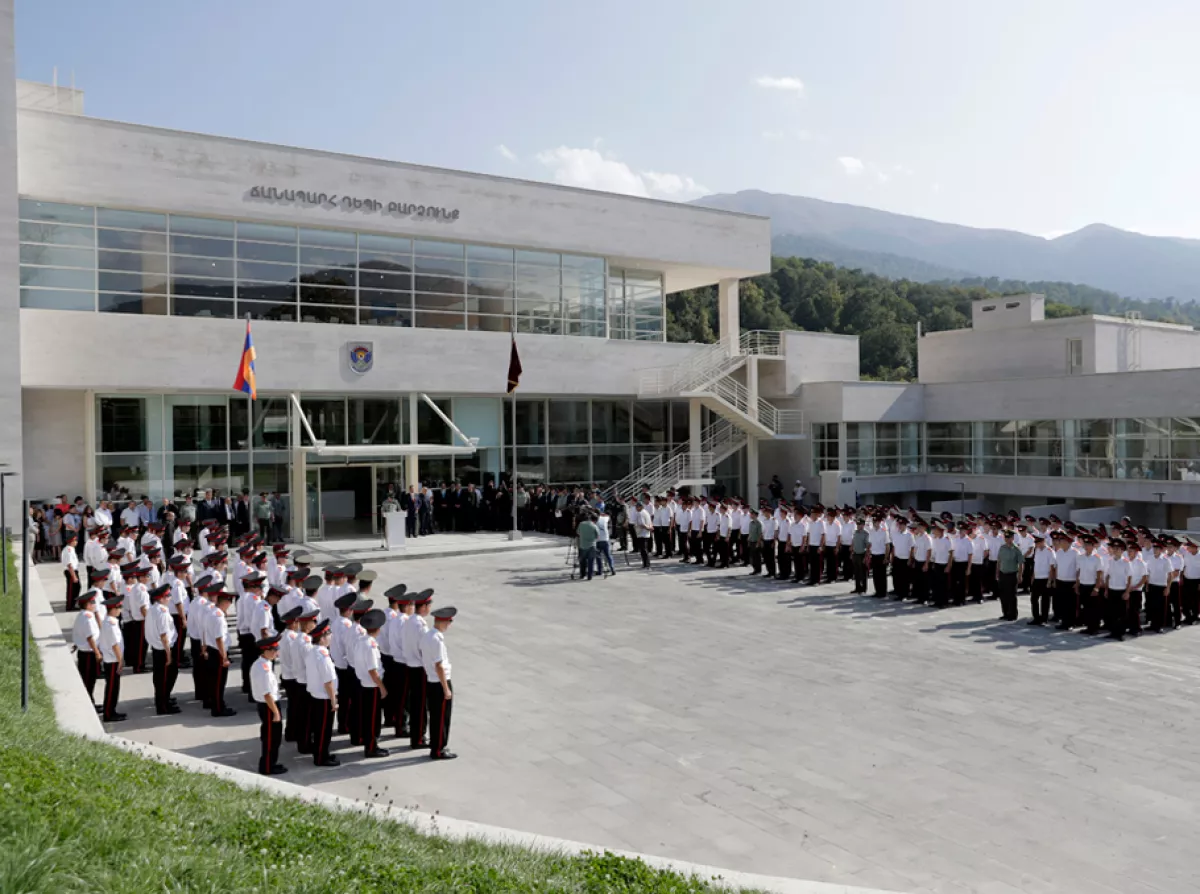
The fighters of Armenia's information front find nothing wrong or illogical in this news. This is highly indicative when viewed through the lens of Armenia’s leadership’s reluctance to abandon the policy of encouraging anti-Azerbaijani sentiment in a country that held 20% of Azerbaijan's territory under occupation for over a quarter of a century.
Let’s start with the name of the lyceum—it is named after a terrorist.
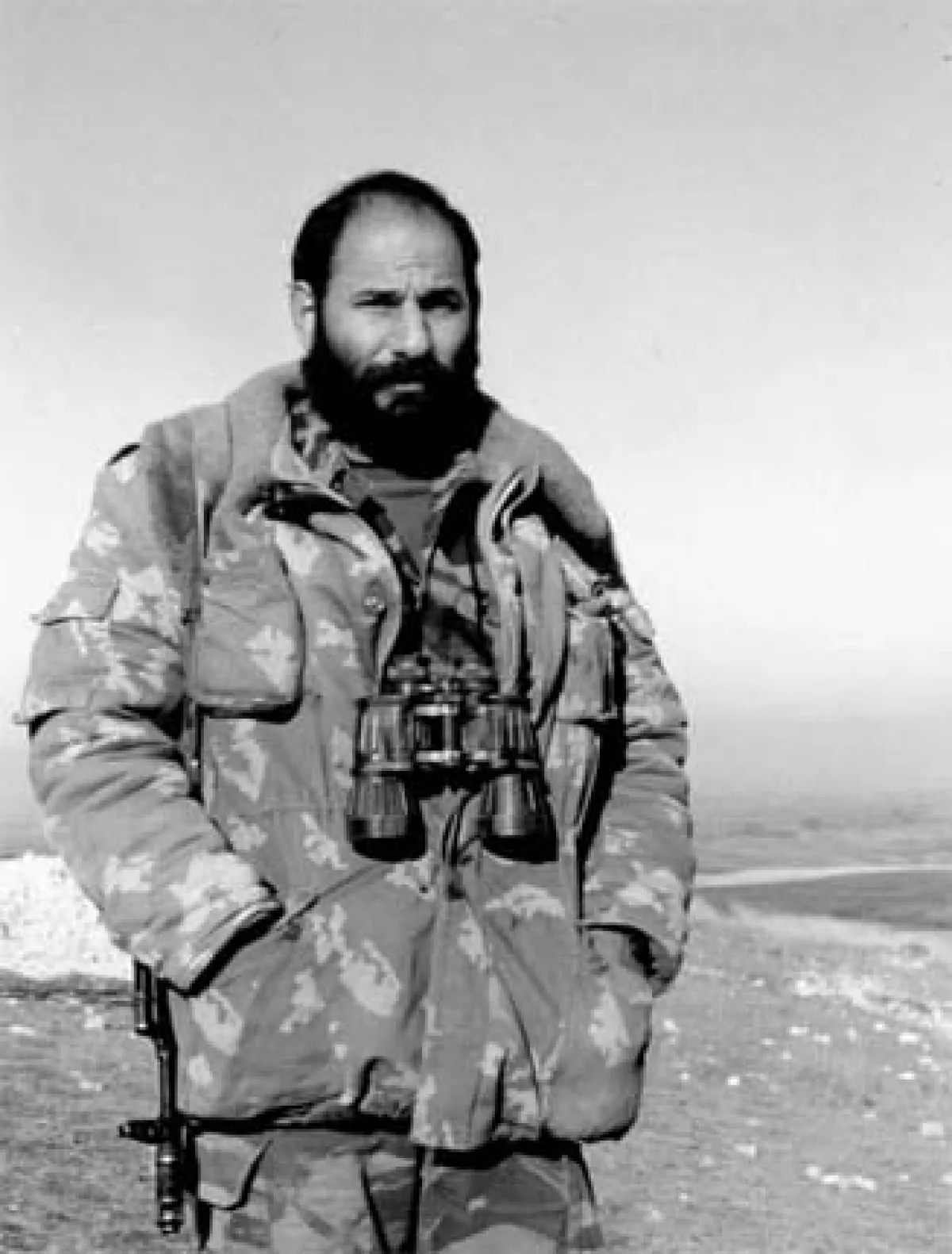
In the spring of 1980, Monte Melkonian joined the ASALA organization and participated in terrorist attacks in Rome and Athens. He also assisted in training militants for the "Van" operation in September 1981, which involved the capture of the Turkish consulate in Paris. As a result of this attack, Turkish Consul Kaya İnal died from a gunshot wound, and the consulate’s security officer, Cemal Özen, was severely injured.
During the First Karabakh War, the terrorist Monte Melkonian fought against Azerbaijan. In February 1992, Armenian armed forces led by Melkonian, along with Armenian units trained in the terrorist groups "Arabo" and "Aramo" in Lebanon, attacked the village of Garadaghli in the Khojavand district, surrounding it from all sides. In the battles for Garadaghli, 145 people were killed, 54 of them on the same day. In total, 154 people were killed in the battle with Armenian mercenaries in Khojavand, including 15 women and 13 children. The local defense battalion fought to the last breath, showing great courage, but, as help never arrived, they were unable to break out of the encirclement.
Monte Melkonian, the future third president of Armenia Serzh Sargsyan, former defense minister Seyran Ohanyan, and other Armenian thugs were actively involved in the Khojaly genocide. These murderers killed 613 people, including children, women, the elderly, and civilians. Nearly a thousand people were permanently disabled. On that tragic night, 1,275 people were taken prisoner, and the fate of 150 of them remains unknown to this day.
In the summer of 1992, units under Melkonian's command committed numerous crimes in the Agdam direction. Forced migrants reported the destruction of homes and the killing of civilians. More than ten Azerbaijani villages were destroyed.
This is corroborated by an excerpt from the 1994 Human Rights Watch report, chapter "The Nagorno-Karabakh Conflict": "Armenian forces carried out systematic destruction of Azerbaijani villages and the expulsion of civilians in the Mardakert and Shusha regions. Numerous testimonies indicate intentional violence against civilians."
Also telling is the testimony of a forced migrant from Aghdara (HRW interview, 1993): "When the Armenians came, they shot indiscriminately. They entered our village, killed my neighbor right in front of his family, and then burned our house."
The UN report on the situation in Karabakh (1993) noted: "During operations to capture Shusha and nearby villages, Armenian forces employed intimidation tactics against the civilian Azerbaijani population, leading to the mass exodus of civilians."
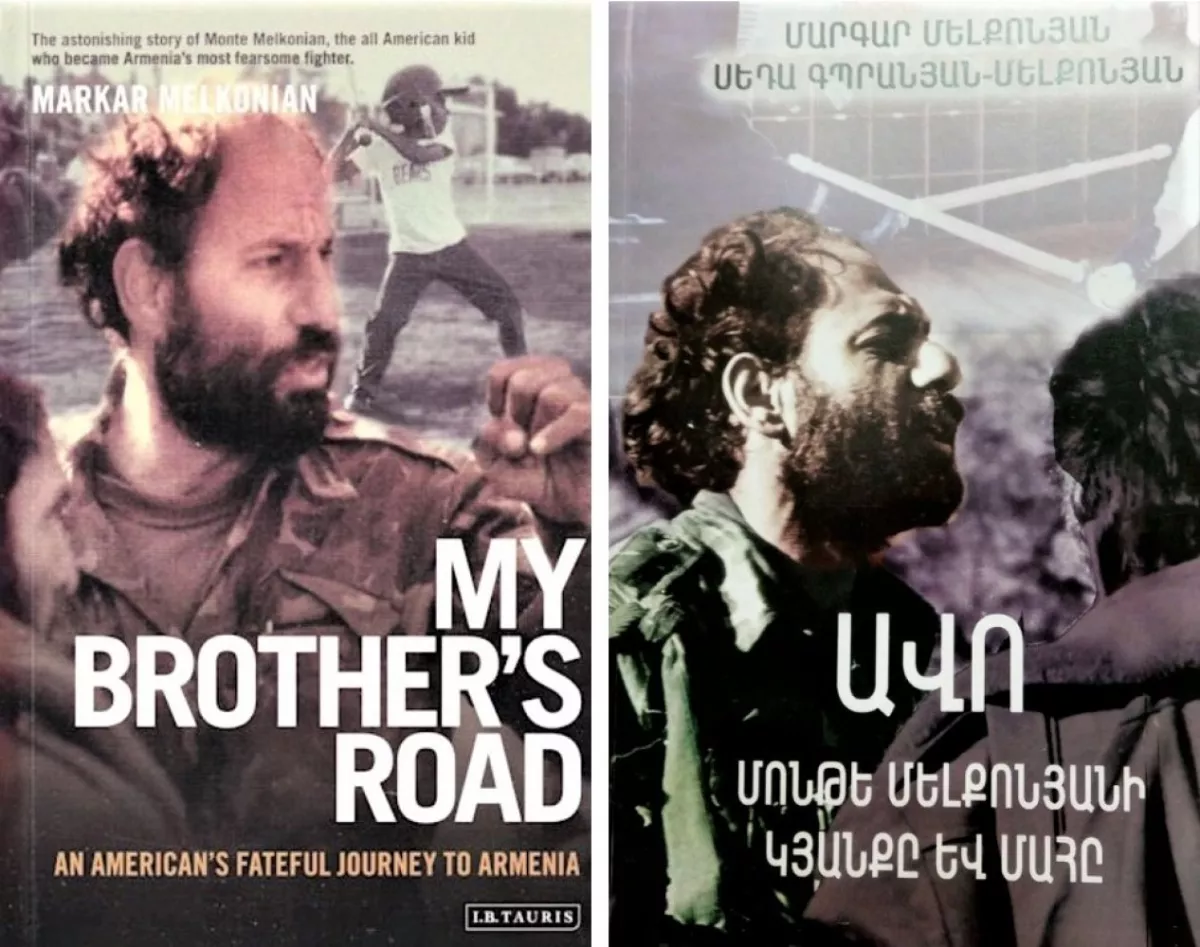
This picture is further complemented by a quote from the book "My Brother’s Road" by Markar Melkonian: "Monte allowed tactics in which some Azerbaijani villages in the Mardakert region were completely destroyed to prevent their use by the enemy."
It is in honor of this war criminal that the Military Sports Lyceum in Dilijan was named. The main initiator of its creation and the one who insisted on naming the lyceum after Monte Melkonian was Arkady Ter-Tadevosyan, a participant in the occupation of Shusha and the perpetrator of numerous crimes against Azerbaijan's civilian population.
In February 1992, in the village of Garadaghli, Armenian units, coordinated by structures connected to Ter-Tadevosyan, killed over 70 Azerbaijani civilians, and dozens of civilians were taken prisoner.
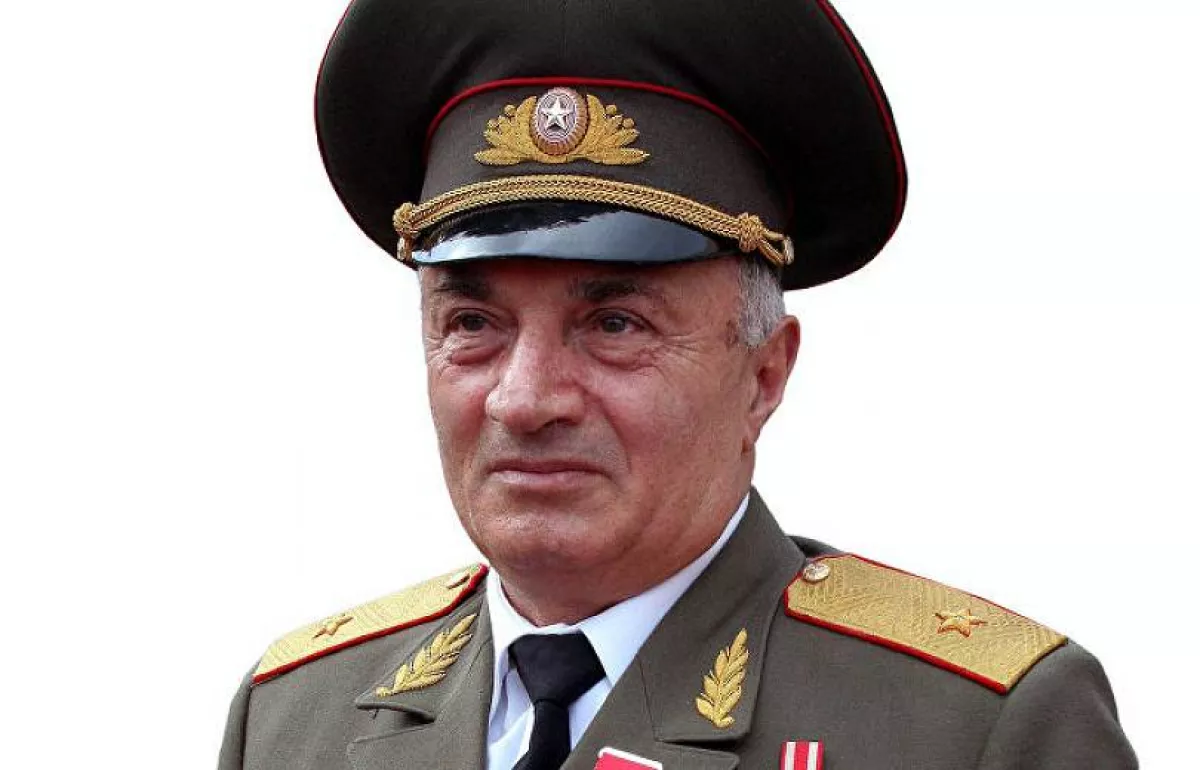
On June 12, 1993, Monte Melkonian was eliminated in the village of Marzili in the Aghdam district. Arkady Ter-Tadevosyan, who outlived him, took it upon himself to raise new generations of Armenians in the same spirit — a spirit of hatred toward Azerbaijanis.
Officially, this was referred to as "continuing the spirit of service to the homeland embodied by Monte Melkonian." It is worth recalling that Melkonian’s idea of "service to the homeland" included terrorist attacks against Turkish citizens abroad and participation in the occupation of Azerbaijani lands, marked by brutal killings of civilians — the elderly, women, and children.
Since 1997, the lyceum has been under the jurisdiction of Armenia’s Ministry of Defence. While there is no precise information on how many of its graduates participated in the 44-day war, their involvement is beyond doubt.
Until 2020, the lyceum admitted only boys. Starting from the 2020–2021 academic year, it began enrolling girls as well — an initiative presented as a significant achievement. The majority of graduates continue their education in Armenia’s military institutions, such as the Military Institute and the Military Aviation Institute, as well as abroad — in military academies in Russia and Greece. All of them are raised in the "spirit of Monte Melkonian."
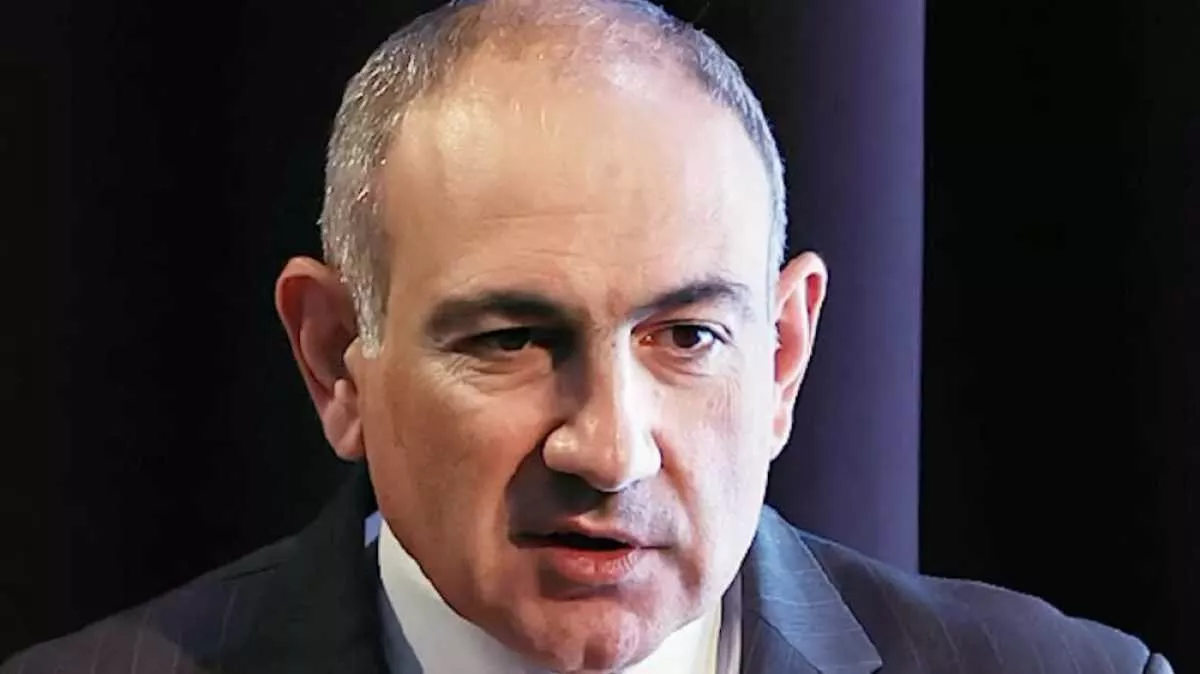
During his years in power, Armenian Prime Minister Nikol Pashinyan has never dared to change the name of the lyceum. He refrained from doing so even after officially recognising Azerbaijan’s territorial integrity, restored as a result of the 44-day war and the anti-terror operation in the Karabakh economic region.
The monument to Soghomon Tehlirian — who shot and killed former Ottoman Interior Minister Talaat Pasha in Berlin on March 15, 1921 — also remains untouched.
The Armenian authorities continue to turn a blind eye to torchlit marches involving the burning of the national flags of Azerbaijan and Türkiye. The organisers of these provocations have faced no consequences, despite official Baku’s repeated calls to treat such acts as a test of the sincerity of the Armenian leadership, which proclaims a desire for peace.
As expected, the test was once again spectacularly failed.








